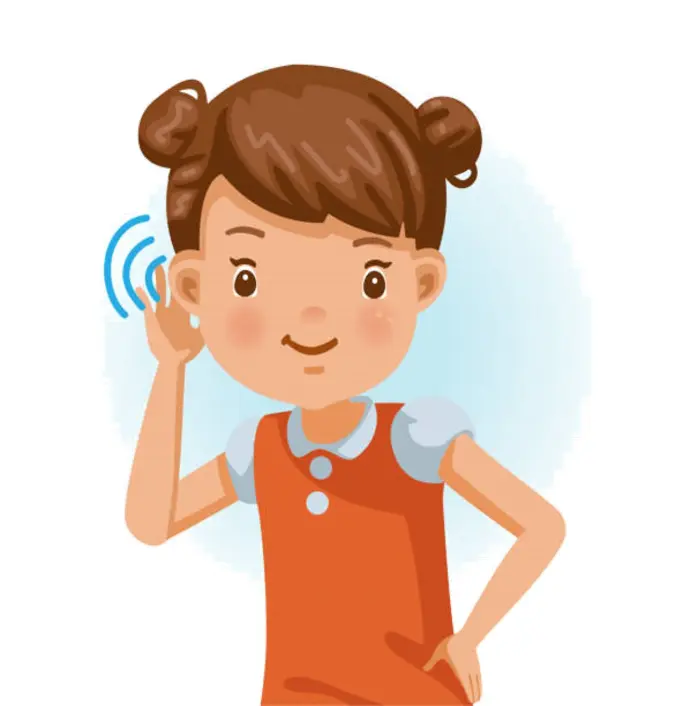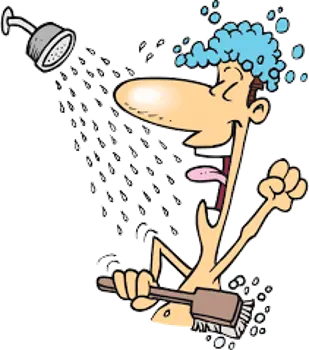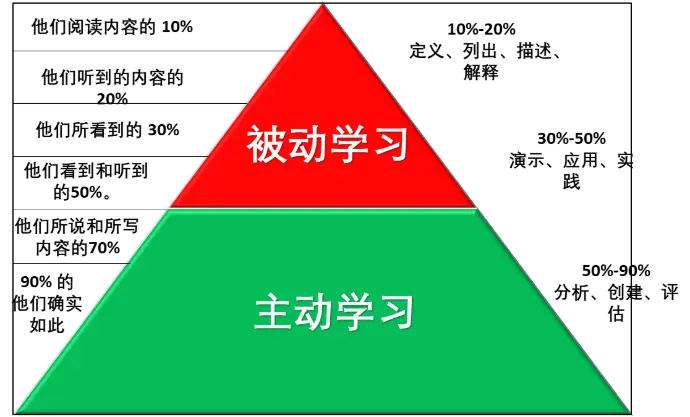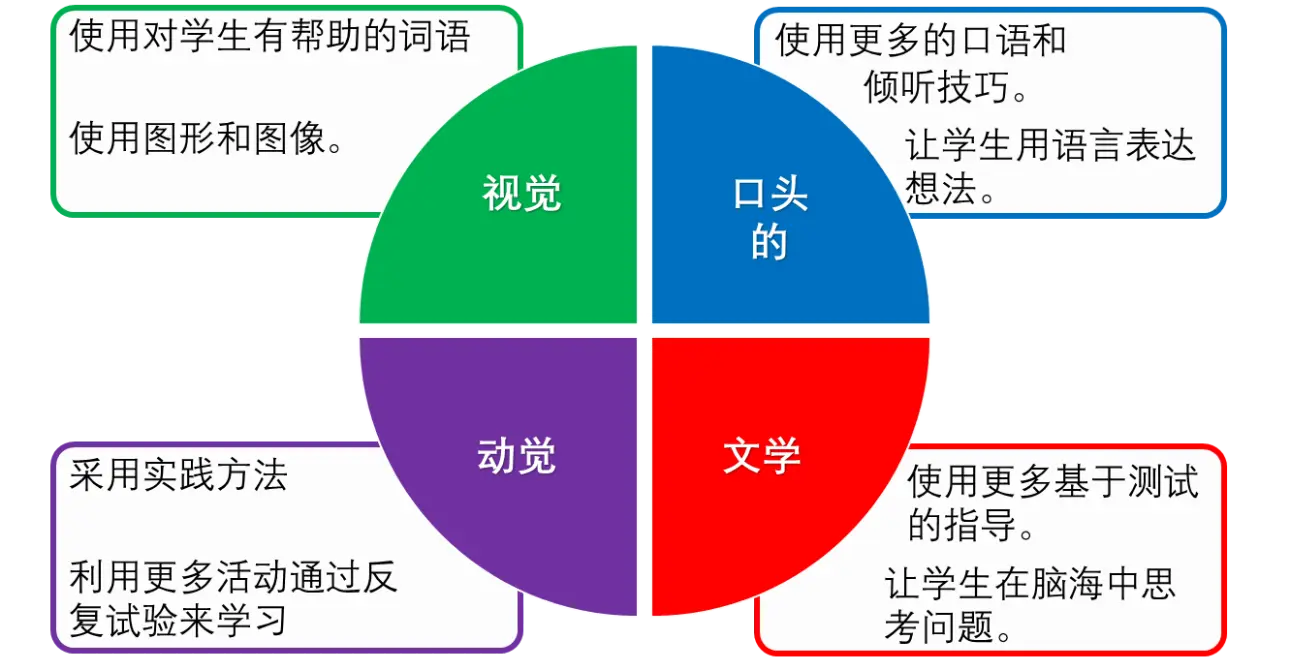
Establish Connection
All learning is based on our ability to make connections
Everything we learn or have ever learned is based on our ability to make connections between two or more things.
Our brains are made up of neurons. The brain grows and changes as we make connections, then strengthen those connections. Neurons contact each other and constantly form new connections.
When we learn new material, the better we can organize that material to make connections to previously learned material or other material we are learning, the better we will learn and retain that information.
Familiarity
If things look familiar to us, they are easier to learn.
Our brains are made up of neural networks that, whenever possible, learn by connecting new information to information we already know; however, if we cannot make this connection, then the information is completely new and more difficult to learn. It is easier to learn new information when it is made up of familiar information.
Research, including recent work from Carnegie Mellon University, shows that when we learn something that is familiar to us in some way, our working memory (also known as short-term memory) improves.
offer a 30-day return policy for all products. Items must be in their original condition, unused, and include the receipt or proof of purchase. Refunds are processed within 5-7 business days of receiving the returned item.


Similarity
Two things are easier to learn if they are similar to each other.
When we learn similar things, we create mental connections between them in our minds. When we recall one, we are likely to recall the others as well.
Imagine teaching a new learner Chinese and providing him with any random Chinese characters to learn. Then consider teaching him the following:
人 大 太 天
Chances are - the list above will be easier to learn due to the similarities between the characters.
We offer a 30-day return policy for all products. Items must be in their original condition, unused, and include the receipt or proof of purchase. Refunds are processed within 5-7 business days of receiving the returned item.
Prior Knowledge
Access to prior knowledge influences how we learn new material.
Our brains grow primarily by making connections and then strengthening those connections. Every memory we have is likely stored in a different area of the brain. The more connections that are made to these memory stores, and the stronger those connections are, then the better the memory will become.
When learning new material, the brain naturally searches its stored memories (long-term memory) and seeks to make connections between the new and old content.
To make learning and remembering easier, we can help the brain by building these connections before and during the learning of new material.
Comprehensible Input
Learners need to understand what they are listening to.
In 1985, American linguist Stephen Krashen from the University of Southern California published his first article on the benefits of comprehensible input in second language acquisition.
Comprehensible input is any input that is equal to or above the learner's ability (hence the word "comprehensible") so that they understand the general meaning, even though they may not understand every word. This causes learners to make inferences (guesses) about words they do not know.
Krashen also claims that understanding spoken and written language input is seen as the only mechanism leading to improved language proficiency (which Naom Chomsky describes as the language learner’s internal language system).


Resistance to Change
People don't like rapid change.
People resist change. This is especially true when change happens too quickly. We can easily demonstrate this by jumping into the shower… and quickly turning the water to hot. The body and mind react very quickly. However
If we start the water at room temperature and slowly increase the heat, we have no problem adapting to the heat. This could indicate that it is not the level of heat that our bodies cannot handle, but rather the drastic change from room temperature to high temperature that the brain quickly adapts to.
The same effect can be found in language learning. When students are exposed to change too quickly, it can come in the form of shock and be disorienting to the learner’s mind. The best practice is to introduce changes slowly, giving the learner time to process the change.
We offer a 30-day return policy for all products. Items must be in their original condition, unused, and include the receipt or proof of purchase. Refunds are processed within 5-7 business days of receiving the returned item.
Real World
When we think we will need to use what we have learned in the near future, both attention and retention increase.
People crave knowledge, and our brains are better at the way we actively seek it. But not all knowledge is the same, and not all knowledge is assigned the same level of importance. Our brain filters out information that it deems unimportant or useless unless otherwise influenced.
Our brains are designed to care most about things that help us survive. Things that help us in the "real world." We pay more attention, learn faster, and remember better when we first understand how information can help us solve real-world problems.
We offer a 30-day return policy for all products. Items must be in their original condition, unused, and include the receipt or proof of purchase. Refunds are processed within 5-7 business days of receiving the returned item.

Active vs. Passive Learning
We learn and remember what we have learned better by actively using it, rather than passively relearning it.
Research shows that we learn and remember better when we use active learning rather than passive learning.
Active learning outcomes are also related to other effects, such as engagement and self-generation effects.

Marginal Learning
If we learn just one or two things at a time and learn to do them really well, we can gradually learn and get a better end result.
This idea originated from research conducted by Gordon Training International in the 1970s. The theory was developed by 3 economists from England, Australia and Switzerland. nIt promotes the idea that mastery of the whole can be learned by mastering each individual part.
The idea is to master one thing before moving on to the next. As you continue to master a few things at a time, you will eventually master them all.
We offer a 30-day return policy for all products. Items must be in their original condition, unused, and include the receipt or proof of purchase. Refunds are processed within 5-7 business days of receiving the returned item.

learning style
We are all different and may have different learning styles. The four basic learning styles are visual, auditory, literary, and kinesthetic.

Metacognition
When we think about our thinking, we learn and remember better.
Metacognition is the ability of students to think about their own ideas by evaluating, assessing, planning and applying better thinking, as well as reflecting on their original and new ideas.
According to Bransford, Brown, & Cocking (1984), metacognitive practices improve students’ ability to transfer or adapt their learning to new situations and tasks. They do this by gaining a level of understanding above the subject matter:
This lack of metacognition is related to research by Dunning, Johnson, Ehrlinger, and Kruger on “Why People Fail to Recognize Their Own Incompetence” (2003). They found that people are often unaware of their intellectual and social inadequacies.
We offer a 30-day return policy for all products. Items must be in their original condition, unused, and include the receipt or proof of purchase. Refunds are processed within 5-7 business days of receiving the returned item.

